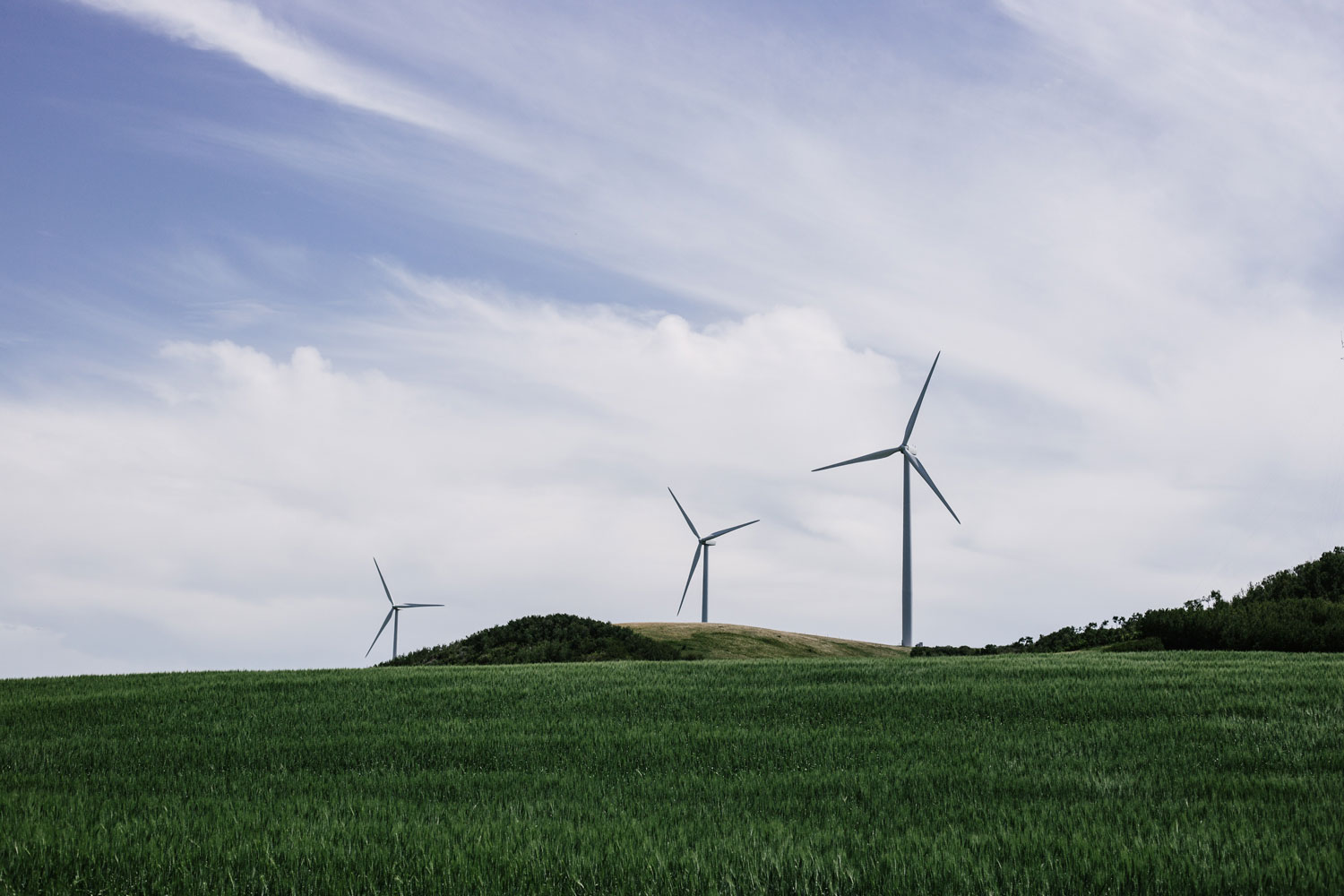The potential of Industrial Symbiosis (IS)
Lauren Zibell, Senior Circular Economy Consultant at Trinomics, believes that Industrial Symbiosis transactions should be viewed as business transactions. They need to take into consider the quality of the secondary raw material, quantity, and delivery parameters, as well as a price that balances the interests of the supplier and the user. However, finding use cases for resources, matching resource supply to demand and measuring their environmental outcomes remains a challenge.
Materials have become a major factor of climate change. The emissions from materials need to be urgently reduced with more investment effort. This creates a strong rational to save materials and reuse waste to mitigate climate change. IS in line with the circular economy approach that aims at keeping resources in productive use for longer.
“Industrial Symbiosis is the use by one company or sector of underutilised resources broadly defined (including waste, by-products, residues, energy, water, logistics, capacity, expertise, equipment, and materials) from another with the result of keeping resources in productive use for longer.” 2018 CEN Workshop Agreement 17354
Industrial symbiosis can have economic, environmental, and social benefits. It is estimated that a cost reduction (landfill avoided) of 73 billion EUR can be achieved at EU level. However, to enable IS transactions, an agreement between the supplier and the user must be established. This is clearly a commercial transaction where both parties benefit mutually. Consequently, the transaction must consider the quality of the secondary raw material, the quantity and deliverance parameters, as well as a price that balances the interests of both supplier and user. However, the challenges towards a successful IS transition remain. Firstly, it is not always easy to find use cases for resources; and understand what can be done with the resources available. Secondly, it may be difficult at times to match the supply and demand of resources. Finally, stakeholders must be able to measure and reward environmental achievements. CircLean’s contribution and role in this development can be vital to the growth potential of IS across the EU, where scarce resources from one company can be used in the transformation of another.

